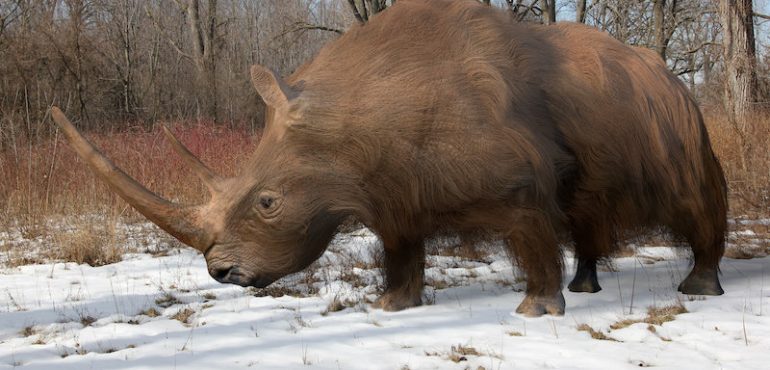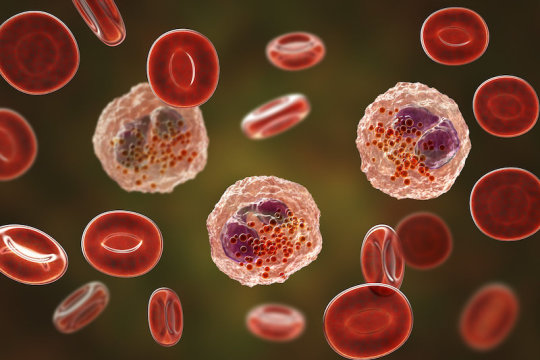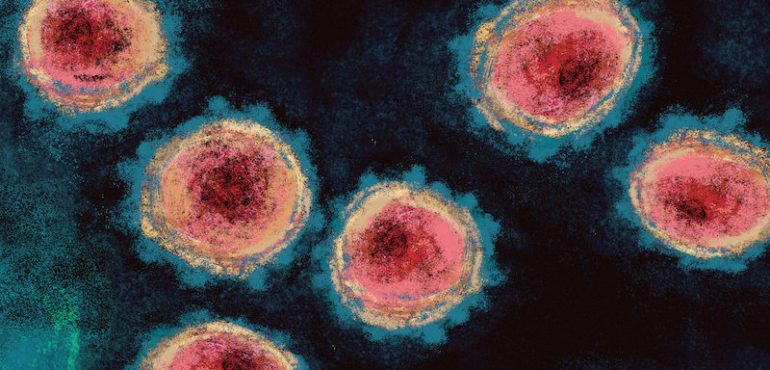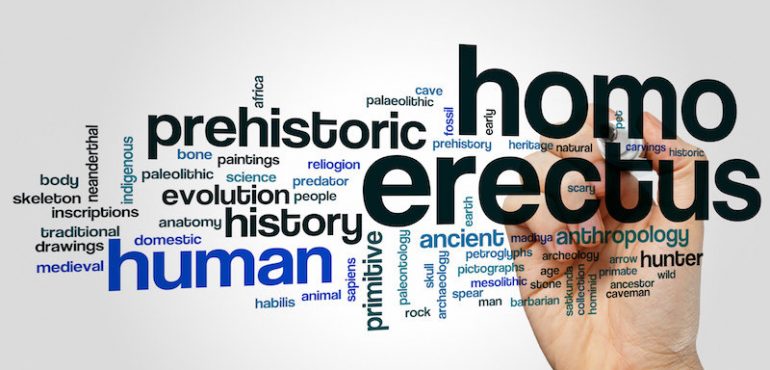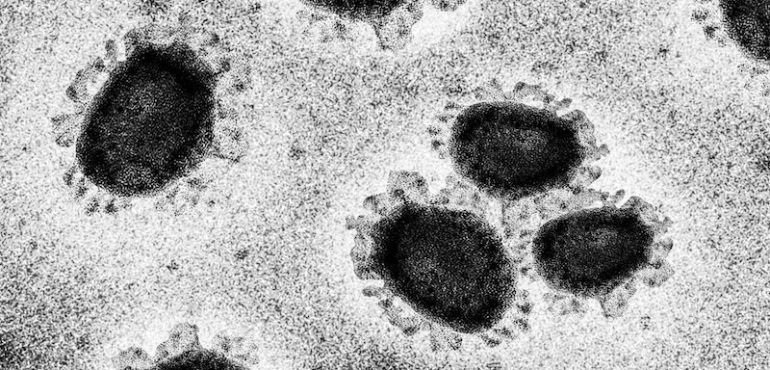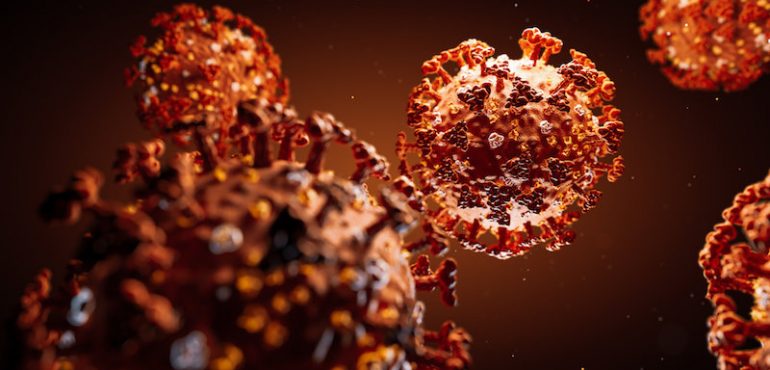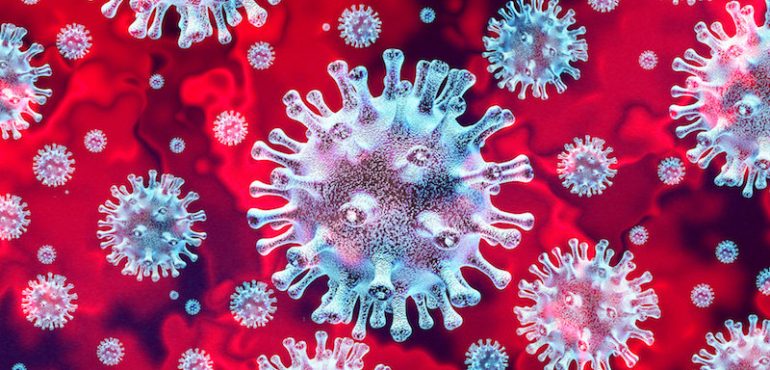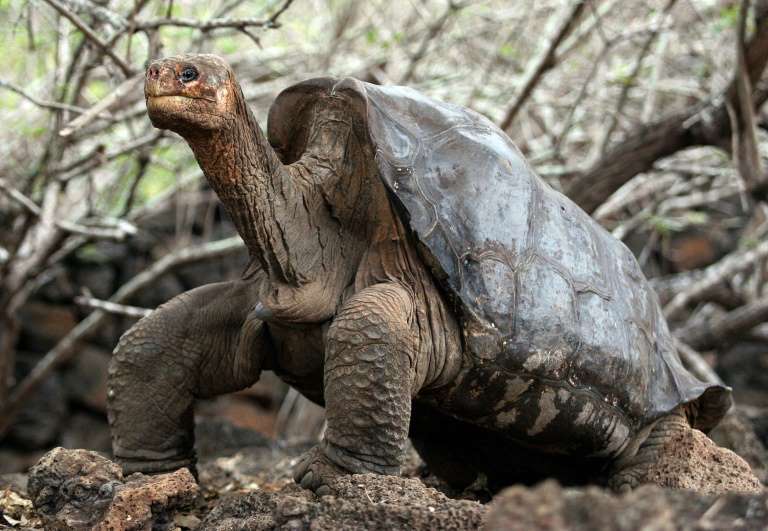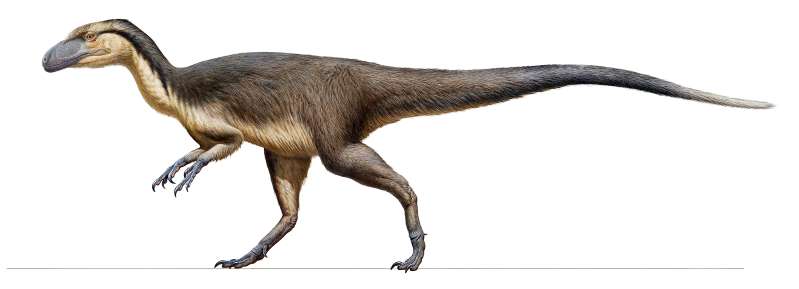The extinction of prehistoric megafauna like the woolly mammoth, cave lion, and woolly rhinoceros at the end of the last ice age has often been attributed to the spread of early humans across the globe. Although overhunting led to the demise of some species, a study appearing August 13 in the journal Current Biology found that the…
Read more
Ancient genomes suggest woolly rhinos went extinct due to climate change, not overhunting
